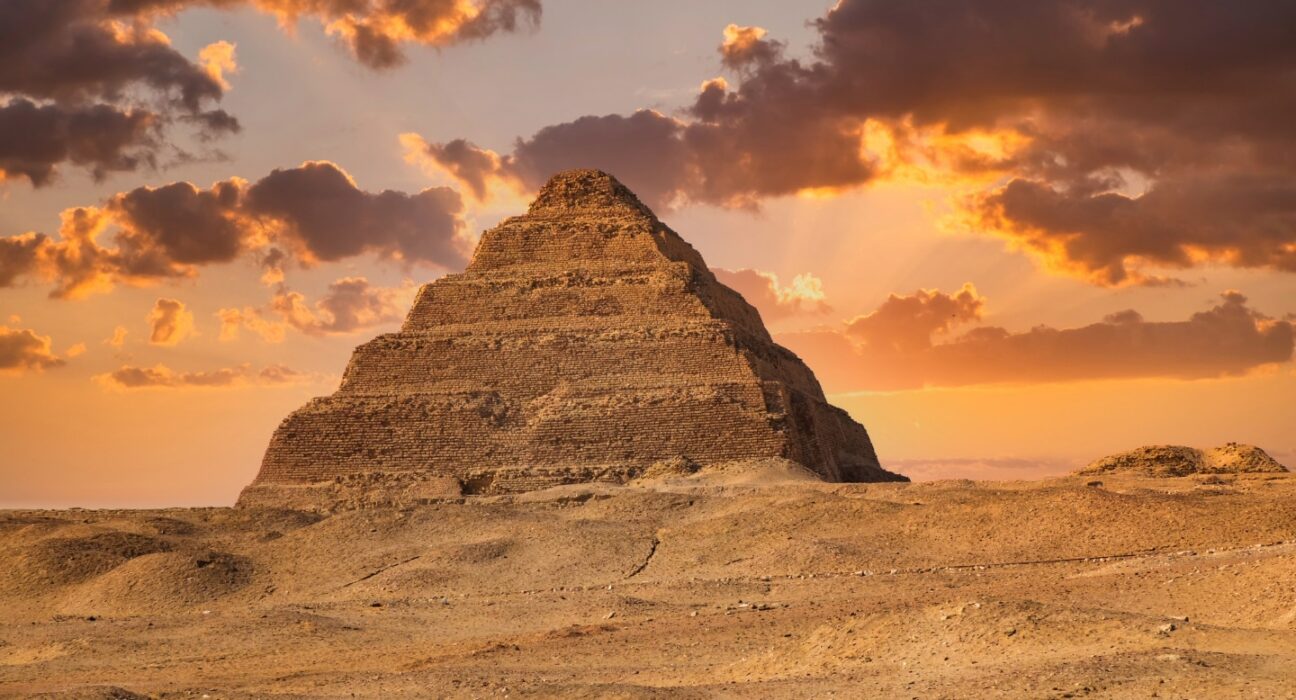archeologist: (also archaeologist) The study of human history and prehistory through the excavation of sites and the analysis of artifacts and other physical remains. Those remains can range from housing materials and cooking vessels to clothing and footprints. The field these people work in is known as archeology.
average: (in science) A term for the arithmetic mean, which is the sum of a group of numbers that is then divided by the size of the group.
basin: (in geology) A low-lying area, often below sea level. It collects water, which then deposits fine silt and other sediment on its bottom. Because it collects these materials, it’s sometimes referred to as a catchment or a drainage basin.
BCE: Abbreviation for before the common era. It’s equivalent to BC, which stands for before Christ or before the dawn of Christianity. It’s in contrast to CE, meaning “in the common era”, and to AD, an abbreviation for the Medieval Latin term anno domini, meaning “in the year of the lord.” The cutoff period (between BCE and CE or between BC and AD — year zero — would have been the start of the Gregorian calendar; it begins with the year in which early religious scholars had thought Christ had been born. Many scholars now use BCE and CE to mark ages because these terms eliminate any implied association with religion.
computer model: A program that runs on a computer that creates a model, or simulation, of a real-world feature, phenomenon or event.
Egyptology: The study of ancient Egypt during the time of the local kings, known as pharaohs — roughly 4500 BCE to 641 AD. Scholars began investigating this culture starting around 1800, when Napoleon Bonaparte invaded Egypt. Much of the work on this has been informed by the findings of archeologists. They turned up documents dating back to when the first pharaohs developed a hieroglyphic script (around 3150 BCE) . The region’s arid climate was good for preserving these documents and other aspects of the early Egyptians’ culture.
engineer: A person who uses science and math to solve problems. As a verb, to engineer means to design a device, material or process that will solve some problem or unmet need.
field: An area of study, as in: Her field of research is biology. Also a term to describe a real-world environment in which some research is conducted, such as at sea, in a forest, on a mountaintop or on a city street. It is the opposite of an artificial setting, such as a research laboratory.
freshwater: A noun or adjective that describes bodies of water with very low concentrations of salt. It’s the type of water used for drinking and making up most inland lakes, ponds, rivers and streams, as well as groundwater.
granite: A type of hard igneous rock, which contains coarse-grained inclusions (essentially mini rocks within a rock) of various minerals, chiefly quartz, feldspar and mica.
hydraulic: (n. hydraulics) An adjective that refers to the movement of liquids under pressure in pipes and other confined spaces. The science of using the movement of liquids to exert force or control is known as hydraulics. The equipment used to provide such control are commonly referred to as hydraulics as well.
intrigue: (adj. intriguing) To make curious or arouse interest in. Or to plan or do something secretly.
limestone: A natural rock formed by the accumulation of calcium carbonate over time, then compressed under great pressure. Most of the starting calcium carbonate came from the shells of sea animals after they died. However, that chemical also can settle out of water, especially after carbon dioxide is removed (by plants, for instance).
materials science: The study of how the atomic and molecular structure of a material is related to its overall properties. Materials scientists can design new materials or analyze existing ones. Their analyses of a material’s overall properties (such as density, strength and melting point) can help engineers and other researchers select materials that are best suited to a new application.
model: A simulation of a real-world event (usually using a computer) that has been developed to predict one or more likely outcomes. Or an individual that is meant to display how something would work in or look on others.
network: A group of linked or interconnected people or things.
physics: The scientific study of the nature and properties of matter and energy. Classical physics is an explanation of the nature and properties of matter and energy that relies on descriptions such as Newton’s laws of motion. Quantum physics, a field of study that emerged later, is a more accurate way of explaining the motions and behavior of matter. A scientist who works in such areas is known as a physicist.
pyramid: A monumental structure with a square or triangular base and sloping sides that meet in a point at the top. The best known are those made from stone as royal tombs in ancient Egypt.
runoff: The rainwater that runs off of land into rivers, lakes and the seas. As that water travels through soils, it picks up bits of dirt and chemicals that it will later deposit as pollutants in streams, lakes and seas.
system: A network of parts that together work to achieve some function. For instance, the blood, vessels and heart are primary components of the human body’s circulatory system. Similarly, trains, platforms, tracks, roadway signals and overpasses are among the potential components of a nation’s railway system. System can even be applied to the processes or ideas that are part of some method or ordered set of procedures for getting a task done.













